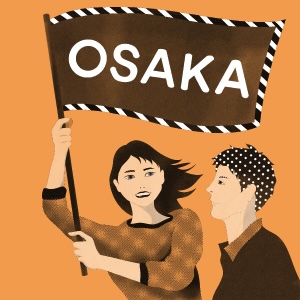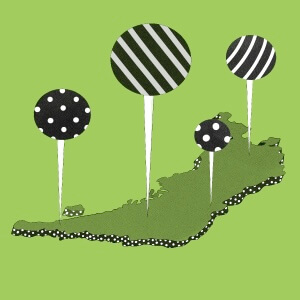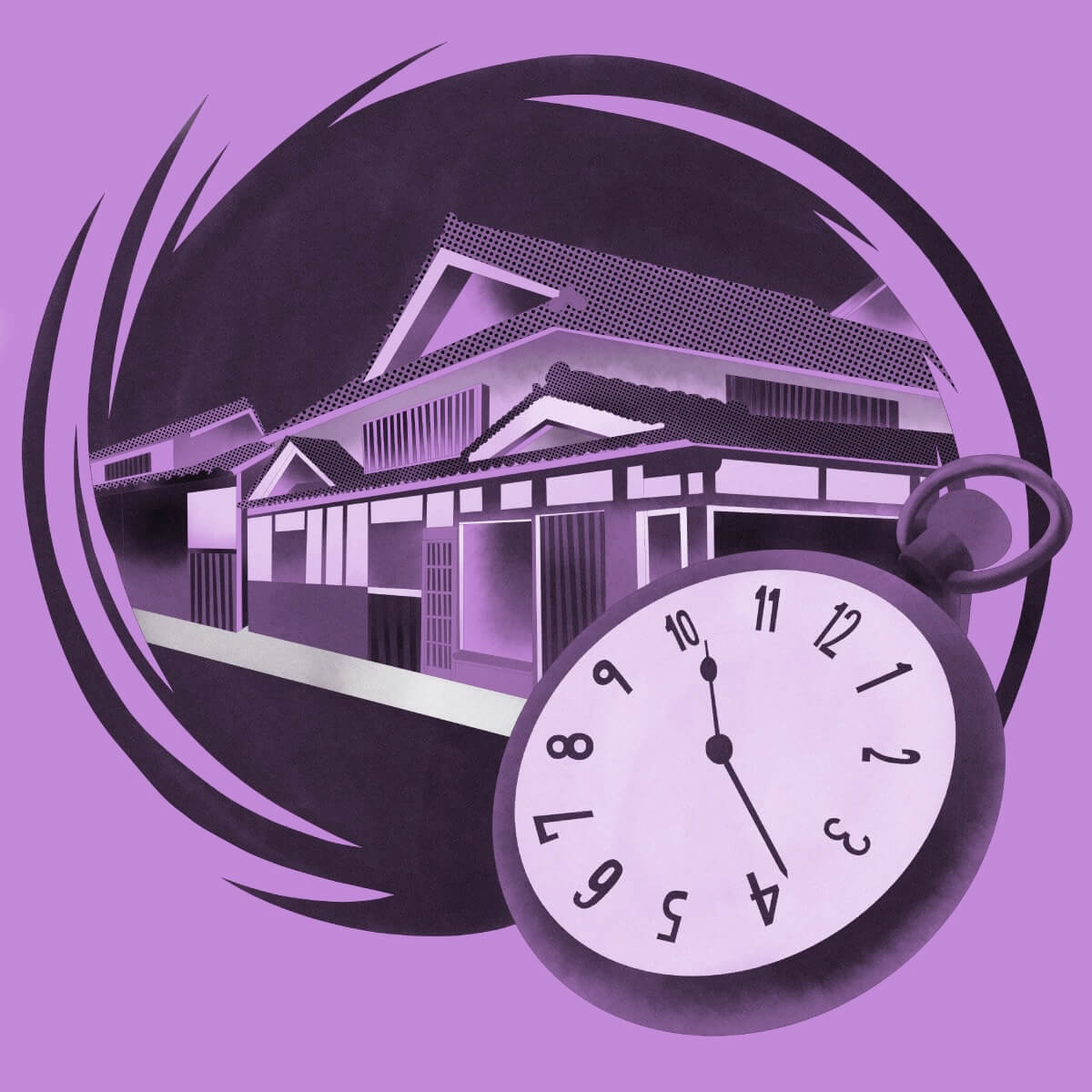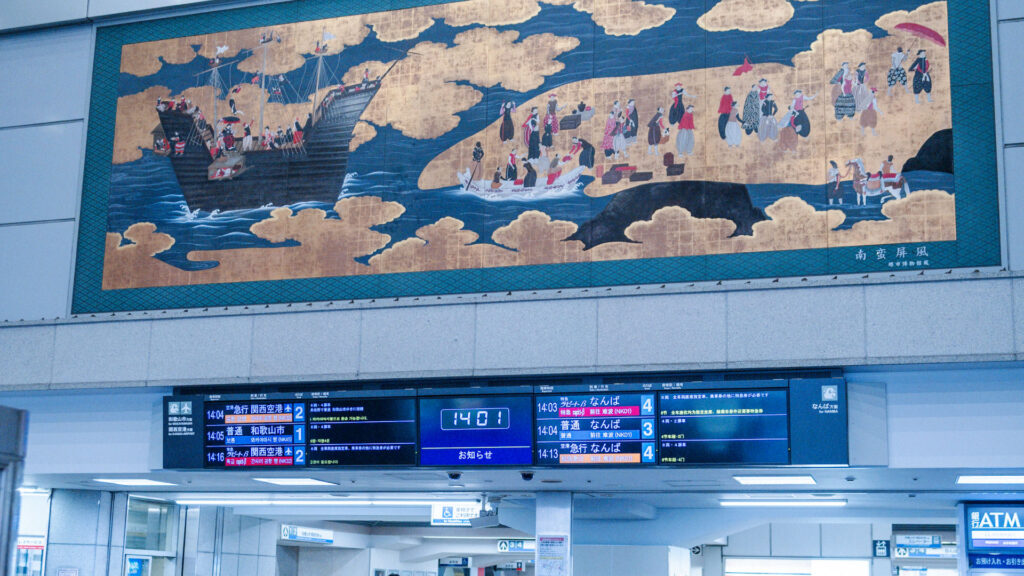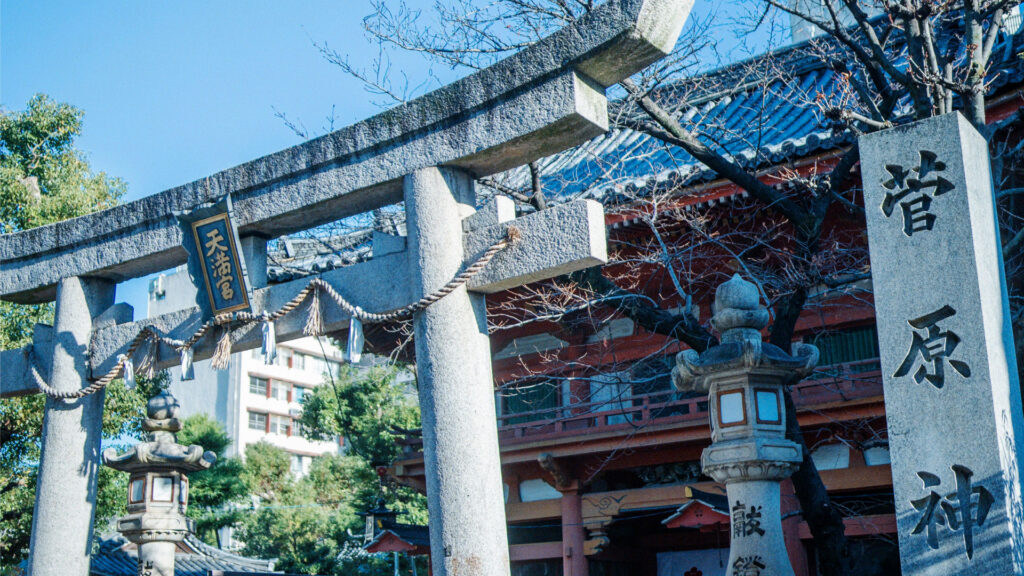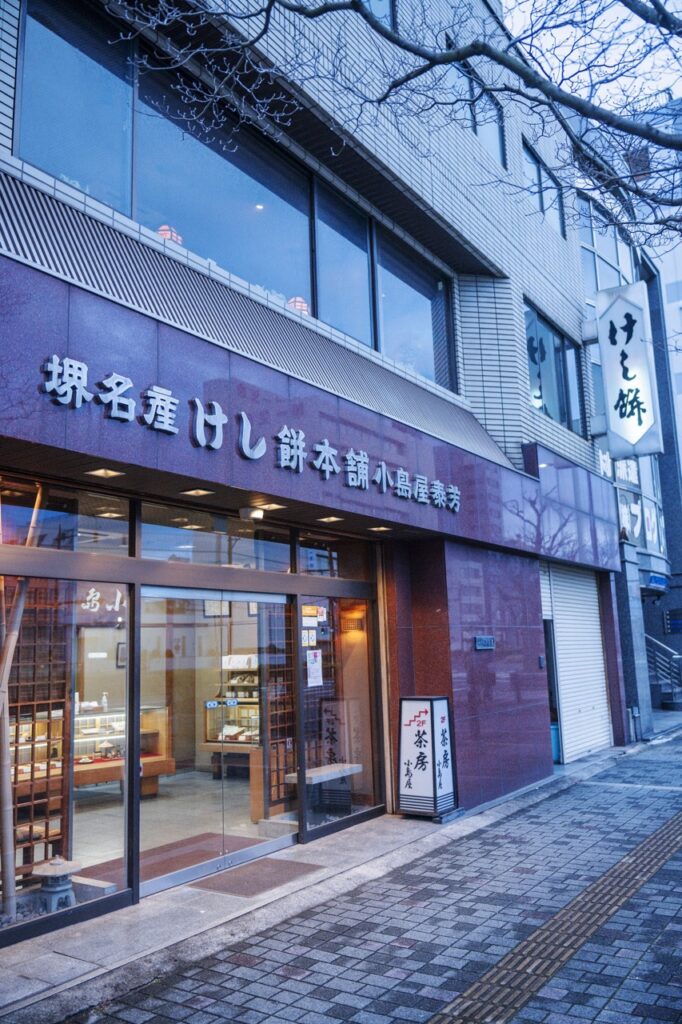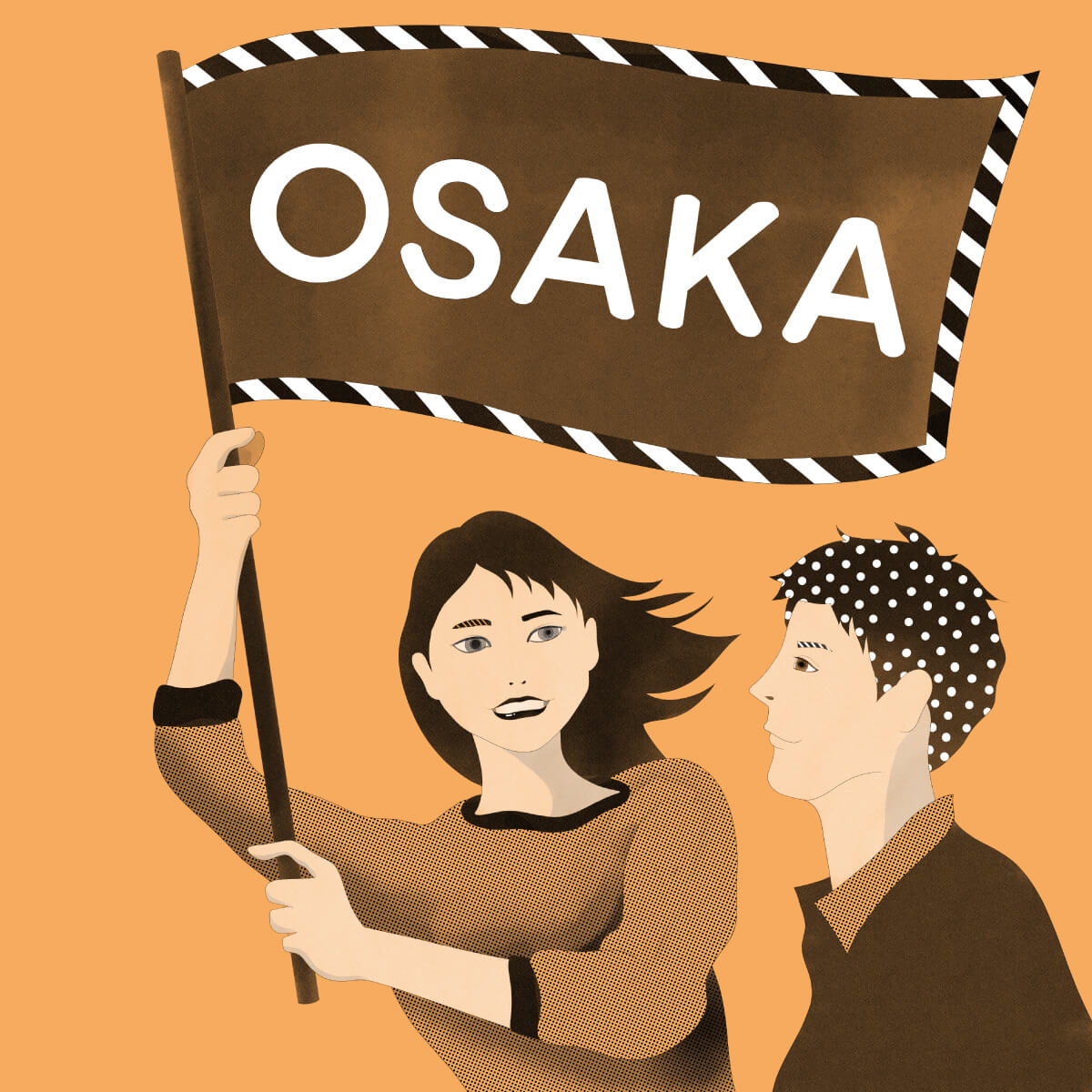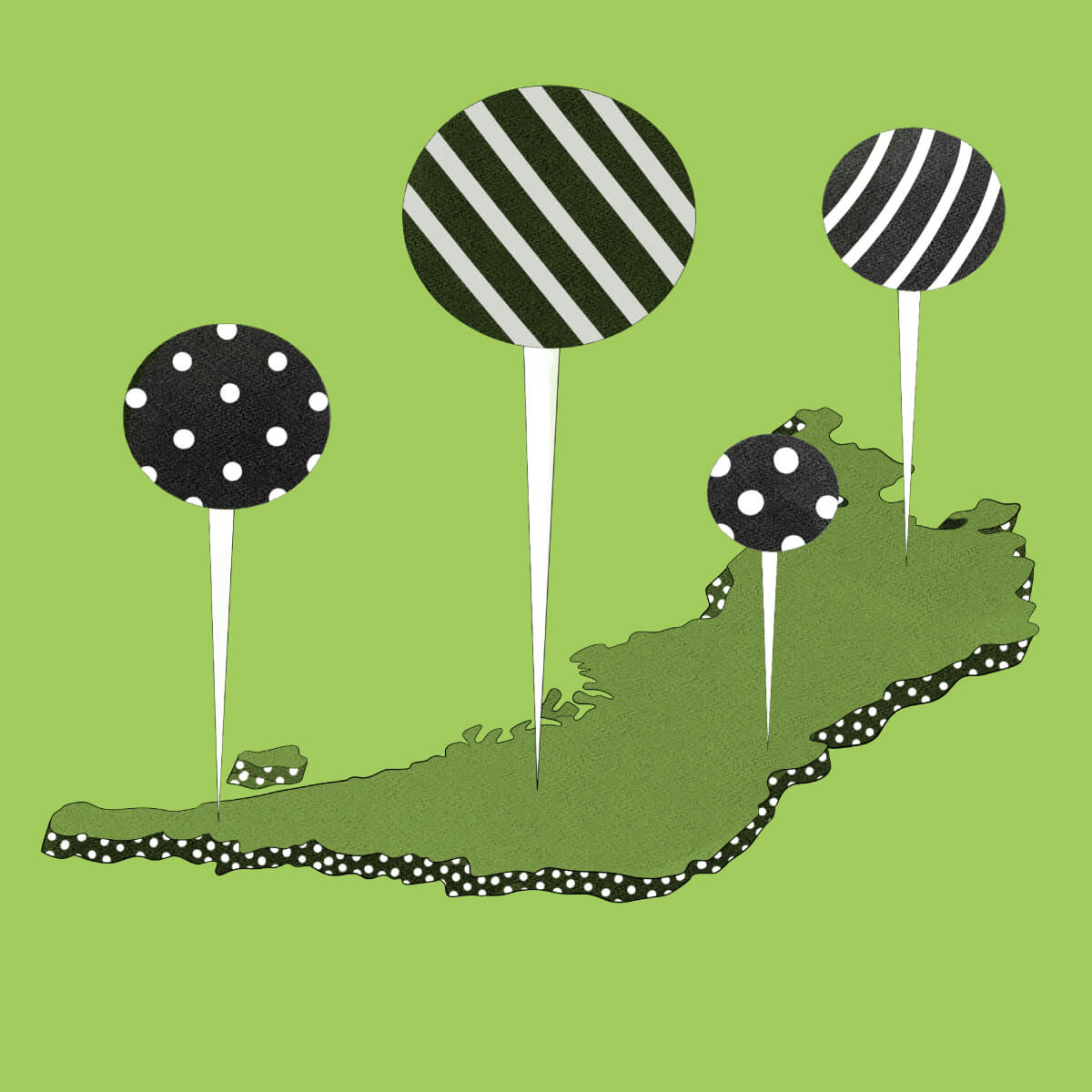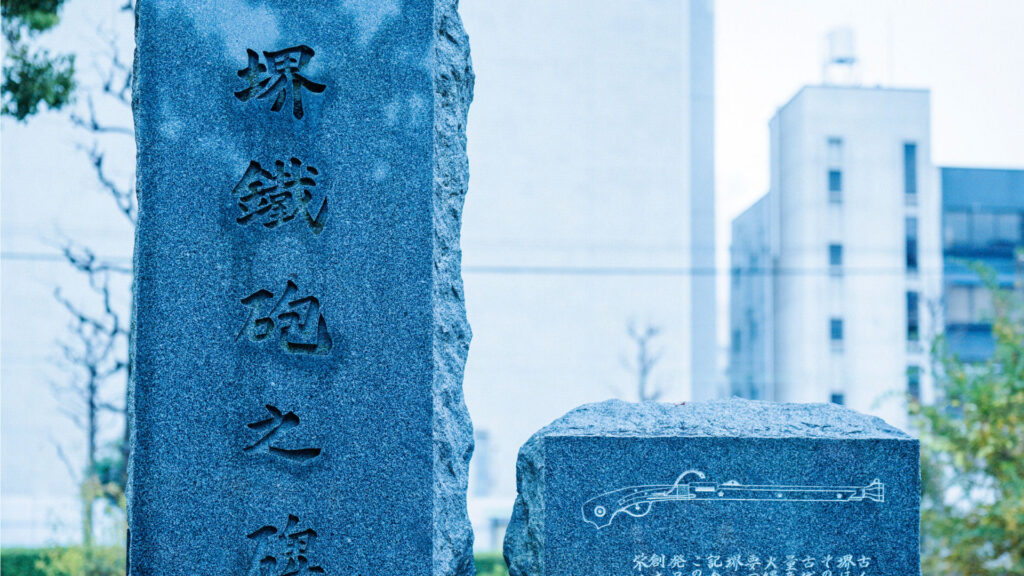
2 -Lights and Shadows of the imported cultures
2024.03.28
-
 ON THE TRIPAn audio guide app to enhance your travel experienceJust like an audio guide in a museum, ON THE TRIP provide on-the-spot audio guides at shrines, temples, spectacular views, and sightseeing spots in any travel destination. Download the app and your smartphone becomes your own personal travel guide!
ON THE TRIPAn audio guide app to enhance your travel experienceJust like an audio guide in a museum, ON THE TRIP provide on-the-spot audio guides at shrines, temples, spectacular views, and sightseeing spots in any travel destination. Download the app and your smartphone becomes your own personal travel guide!
Audio Time Travel is an article that allows you to enjoy a trip to Osaka while listening to a guide. You can enjoy a part of the audio guide in this article. The full audio can be experienced on the ON THE TRIP app.
INTRODUCTION
The port city of Sakai once saw “golden days” of enormous fame and influence. But where are the traces of that era? You may not sense them upon arriving at Nankai Sakai Station. It makes sense, given that the station area is on land reclaimed from the sea. The coastline, as well as the port, were originally located further inland.
On this trip, we will uncover the story of Sakai’s golden age: its unique luminaries and their sophisticated pastimes, which include the tea ceremony. We may also see the dark corners that were hidden from such glittering prosperity.
03 | Xavier Park
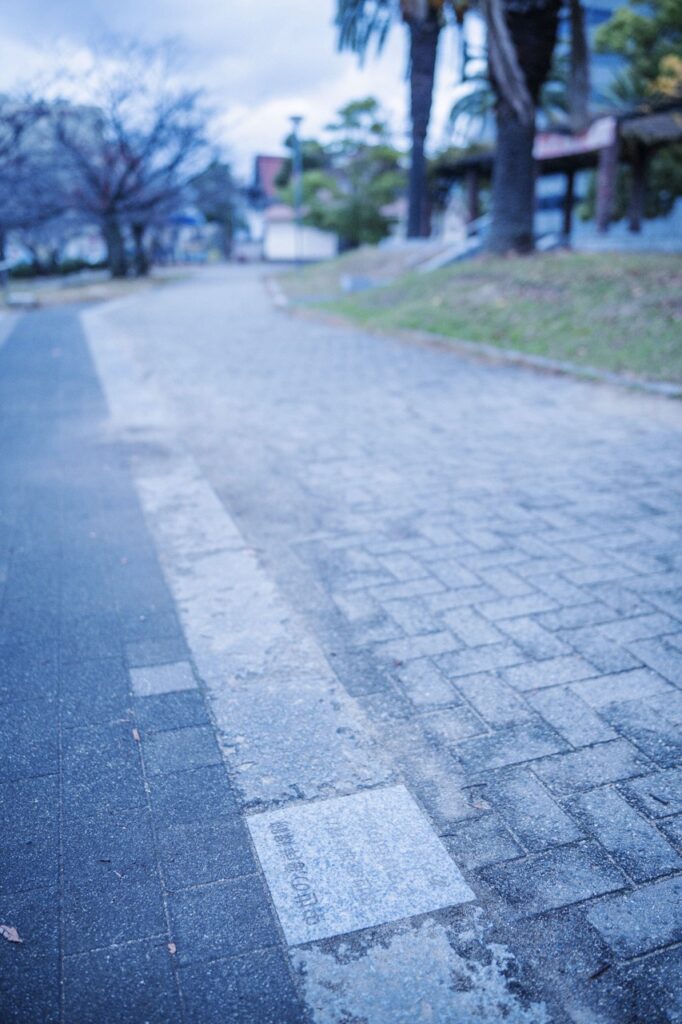
The road you’ve walked out of the station until now used to be under the sea. Old Sakai is further inland than the coastline shown in Xavier Park. We encourage you to climb the stair-like river dyke and look out over your surroundings; you’ll surely grasp the difference in elevation.
Nanban ships brought more than just pots; they brought Christianity. Spanish missionary Francisco Xavier stopped at Sakai during his journeys and stayed at a local merchant’s residence. The merchant was baptized as a Christian and turned a tile-roofed building into a church. This is one theory explaining how Christianity first began in Japan.
During Christian Mass, people would pass around and drink from the same cup of wine, wiping the part where they drank with a cloth. Actually, this ritual is understood in the tea ceremony, where the cup is wiped with a small silk cloth and passed to the next person. Trace back through the history of the tea ceremony, and you will also find a mixture of culture and religion. Much like rock and roll, it may be a freer culture than we could have ever imagined.
04 | The Gun Monument
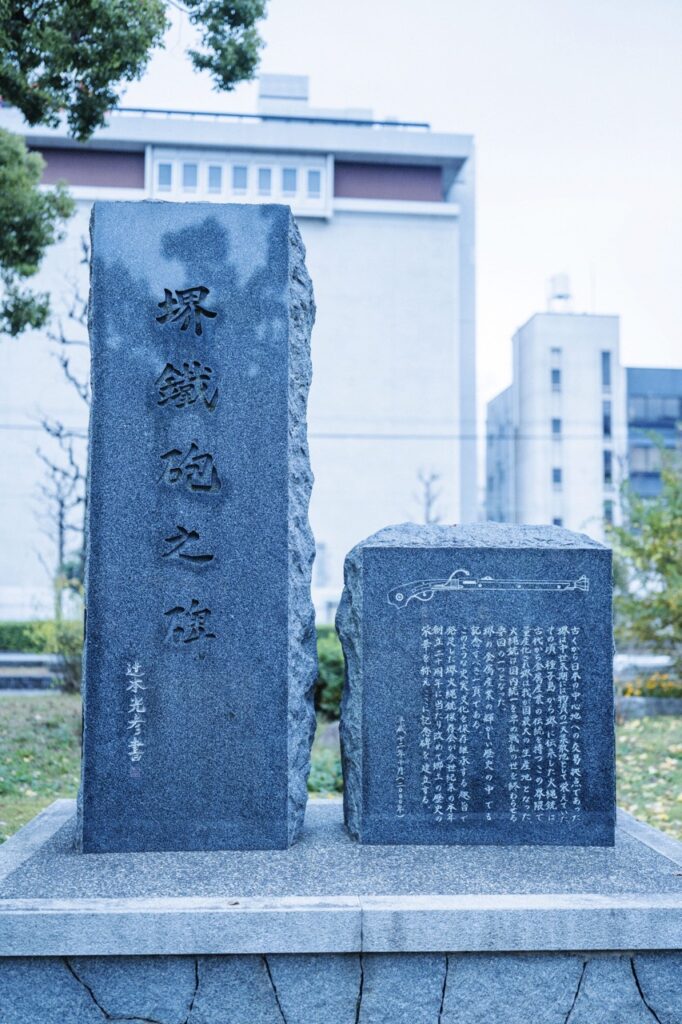
Guns are one of the many things that Portugal introduced to Japan. A Portuguese cohort drifted into Tanegashima with two guns. One of them was bought by a Sakai merchant, leading to mass production. But how was Sakai capable of manufacturing guns? Let us unravel that history while you look upon the monument inside the park.
Let us journey back to the Kofun Period. In Sakai, there were craftsmen skilled in making tombs. They gradually gained the technology to cast iron and copper to create metal goods and formed a guild of craftsmen. Guns were dismantled after their arrival in Sakai, with each part handed to different experts to copy from. Division of labor and their iron-casting technology made it possible to mass-produce guns they had just seen for the first time. Thus, Sakai became Japan’s foremost firearms manufacturer.
It was the best of times for Sakai, the golden days. But were they truly so wonderful? That depends on who you ask. Most of the money was in guns, and merchants built their fortunes as arms-makers, giving them reputations as “merchants of death.” Grudges cling to such weapons of murder. Perhaps the moats encircling the city were not built to keep the city away from outside interference, but because the city needed to defend itself from the outside world.
*This guide was created based on documents and interviews and includes some interpretation done by us at ON THE TRIP. Theories differ between experts, so try to find out what really happened on your travels!
*Information presented here is current as of 2024. Please check the websites of the individual shops and facilities for up-to-date information on business hours.

